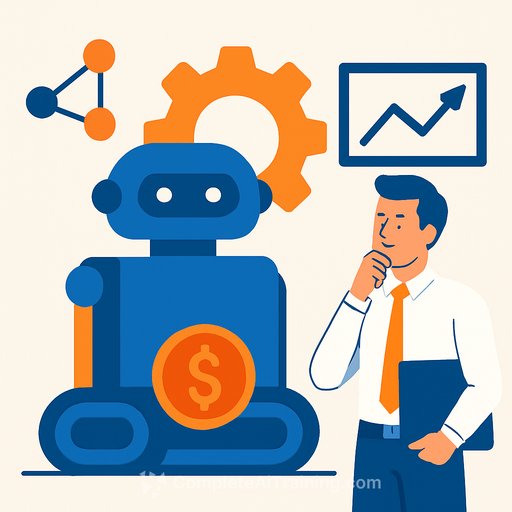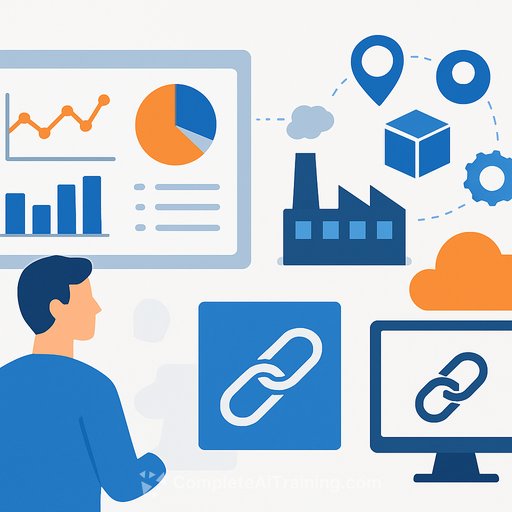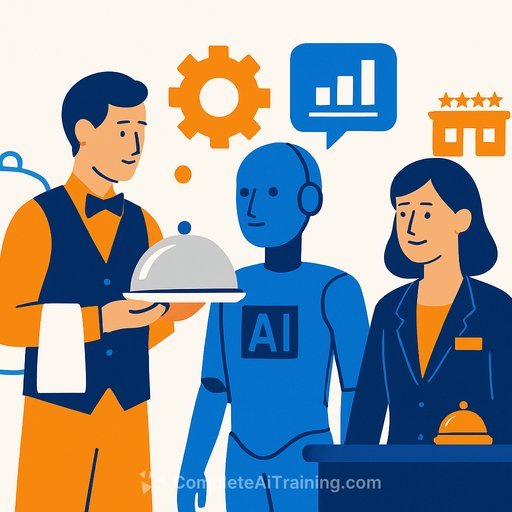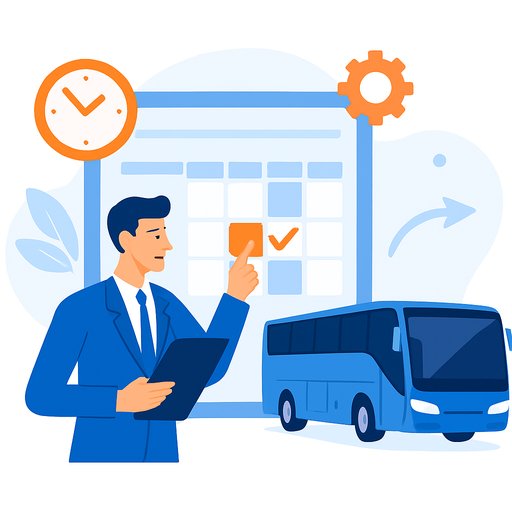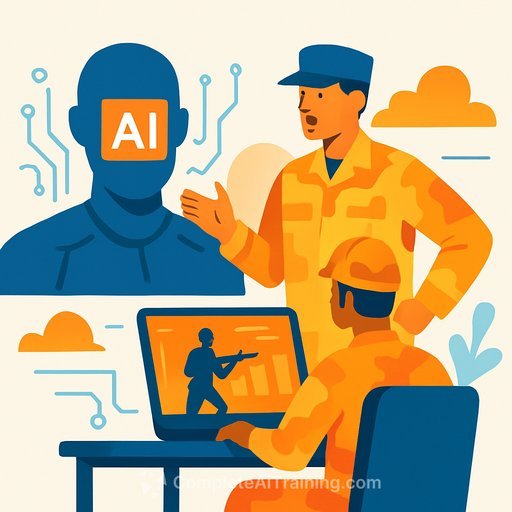Since the mid-1990s, business processes have undergone several key changes, each aimed at increasing automation and efficiency. Now, a new transformation is unfolding—one that will eventually lead to autonomous operations and even semi-autonomous enterprises.
If you think this leap depends solely on artificial intelligence (AI), your business might be heading down a dead end. AI alone isn’t enough to drive true business value from autonomous operations. This article breaks down why, based on insights from Professor Wil van der Aalst, widely regarded as the godfather of process mining.
The Evolution of Business Processes: A Quick History
Leap One
In the late 1990s, businesses shifted from paper-based processes to computerizing them. The same people managed the same processes and made similar mistakes, but they now used ERP and CRM systems instead of sticky notes and shouted instructions. Workflow management systems were introduced to model and automate processes, but often failed because their models didn’t capture the messy reality of how work really happened.
Leap Two
Process mining emerged, thanks to Professor van der Aalst. It allowed companies to map their processes using event data from computerized systems. This gave businesses a clearer picture of how their processes truly operated and got automation efforts back on track.
Leap Three
Robotic Process Automation (RPA) enabled the automation of repetitive, mundane tasks by delegating them to software bots, freeing up human workers for more complex activities.
Leap Four
Someone took a step back and asked a crucial question: “What’s the desired outcome of the entire process, not just the individual tasks?” This led to the shift from isolated automation to process orchestration. Object-centric process mining combined with the right algorithms and process knowledge created process intelligence, enabling businesses to build digital twins of their processes.
Process Orchestration Isn’t the Endgame
Orchestration allows businesses to manage their processes like a conductor leads an orchestra, creating a coordinated performance of efficiency. Yet, even well-orchestrated processes can hide inefficiencies.
Many decisions in these processes are still made by humans—decisions that machines could make more quickly and accurately based on patterns and rules. For example, deciding whether to lift a credit block on a customer's account.
Some businesses already let AI handle these kinds of decisions, while humans focus on exceptions. This marks the next big leap: moving from orchestrated to autonomous processes. But this leap can’t be driven by AI alone.
Why AI Alone Isn’t Enough
When ChatGPT first launched, it struggled with math because it guessed answers instead of calculating them. Now, it uses external tools to get precise results.
Similarly, if you ask a generic AI how to fix a production bottleneck, it will offer broad suggestions that might not fit your specific situation.
However, if you connect AI to the engine that mines and orchestrates your processes—pairing AI with process intelligence—it can provide answers that are accurate, relevant, and actionable.
Interacting with Your Processes
With the right AI copilot, you can ask questions like, “What’s my on-time delivery rate?” and get precise answers calculated from your business’s object-centric event data.
This is like having a fully informed consultant ready to assist at any moment. When AI tools have that depth of context and data, businesses can begin trusting them to make decisions and take control.
As Professor van der Aalst points out, “AI is a wonderful technology, but it needs context. If you naively think you can use AI without properly organized data management, that’s going to fail.”
Moving Forward with Autonomous Operations
The transition from orchestrated to autonomous enterprises will be gradual, much like the progression toward self-driving cars. It involves integrating AI with solid data management and process intelligence.
For operations professionals, this means focusing on building the right data foundations and combining AI with deep process insights to unlock real automation benefits.
To explore more about AI’s role in automation and process intelligence, check out the latest AI courses and resources at Complete AI Training.
Your membership also unlocks:

